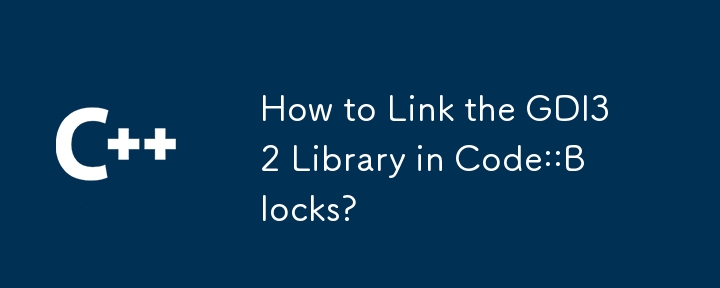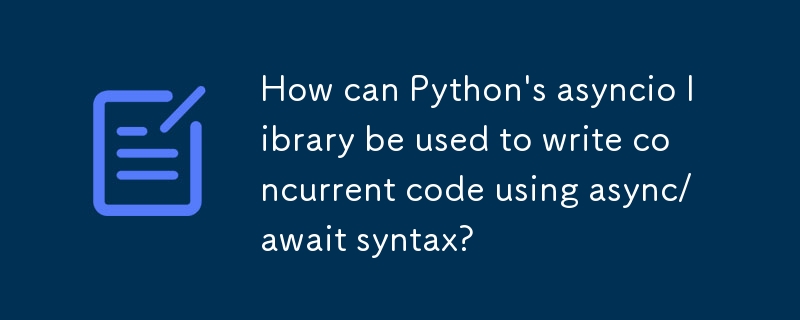Found a total of 10000 related content

Easily implement verification code function: Use Composer to install the lsmverify/lsmverify library
Article Introduction:I encountered a common but difficult problem when developing a user registration and logging into a system: how to effectively prevent robots from automatically registering and logging in. I tried multiple verification methods, but it didn't work well until I discovered this powerful PHP verification code library of lsmverify/lsmverify. By using Composer to install and configure this library, I successfully implemented efficient verification code function in the project, greatly improving the security of the system.
2025-04-18
comment 0
329


How to Get Apple ID Verification Code Without Phone?
Article Introduction:Bypass Apple ID Verification Without Your Phone: Alternative Methods
Need to verify your Apple ID but don't have access to your phone? This guide outlines several alternative methods to obtain a verification code. An Apple ID is crucial for accessi
2025-03-01
comment 0
791

How Can I Use a C Library in My C Code?
Article Introduction:Using C Library in C Code: Technicalities and ConsiderationsExpanding on the topic of integrating a C library into C code, let's delve into...
2024-11-25
comment 0
600

The Ultimate PHP QR Code Library
Article Introduction:HeroQR: Your dream PHP QR code generation library. Are you still worried about QR code generation in PHP? Don't hesitate any longer! ?I am pleased to introduce you to HeroQR, an advanced open source PHP library designed to make QR code generation easy, powerful and flexible. Why choose HeroQR? HeroQR stands out for its customizability and ease of use. Whether you're a beginner looking for a simple QR code solution or an experienced developer in need of advanced features, HeroQR has what you need. Main Features of HeroQR HeroQR is designed to provide developers with powerful tools to create and customize QR codes. Here’s a quick overview of its standout features: Unparalleled customization with resizable additions
2025-01-15
comment 0
908

Verification Code Requests Got You Down? alovajs to the Rescue!
Article Introduction:Verification code requests are a common feature in many web applications, but implementing them can be a tedious and repetitive task. Fortunately, alovajs, a next-generation request tool, offers a solution that can streamline this process. The useCap
2024-10-24
comment 0
514

How to Link the GDI32 Library in Code::Blocks?
Article Introduction:Linking to GDI32 Library in Code::BlocksIn this programming puzzle, the user encountered an undefined reference to the TextOut function while...
2024-12-20
comment 0
991

Accelerate PHP code inspection: Experience and practice using overtrue/phplint library
Article Introduction:During the development process, we often need to perform syntax checks on PHP code to ensure the correctness and maintainability of the code. However, when the project is large, the single-threaded syntax checking process can become very slow. Recently, I encountered this problem in my project. After trying multiple methods, I finally found the library overtrue/phplint, which greatly improves the speed of code inspection through parallel processing.
2025-04-17
comment 0
477

How to use Composer to simplify PHP source code analysis: the application of theseer/tokenizer library
Article Introduction:In the process of handling PHP source code analysis, I encountered a tricky problem: how to convert PHP code into a format that is easier to analyze and process. I tried multiple methods, but none of them worked well. Finally, by installing the theseer/tokenizer library using Composer, I successfully converted the PHP source code to XML format, greatly simplifying subsequent analysis work.
2025-04-18
comment 0
333


How can Python's asyncio library be used to write concurrent code using async/await syntax?
Article Introduction:Python's asyncio library implements concurrent programming through coroutines, and uses async/await syntax to improve code readability. First, define coroutines with asyncdef and pause execution through await to release control of the event loop; second, use asyncio.run() to start the event loop and run the main function; finally, perform multiple tasks concurrently through asyncio.gather() or create_task(). In actual applications, I/O operations should be encapsulated as coroutines, such as using aiohttp for network requests, and be careful to avoid blocking calls and managing shared state.
2025-06-19
comment 0
248


















